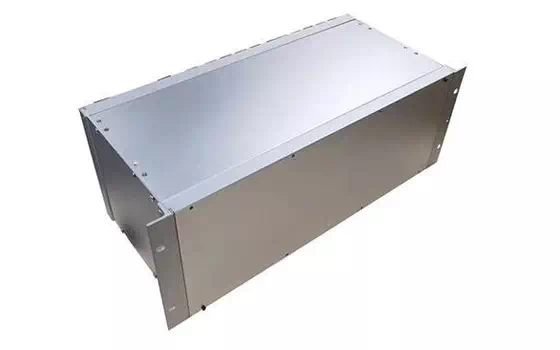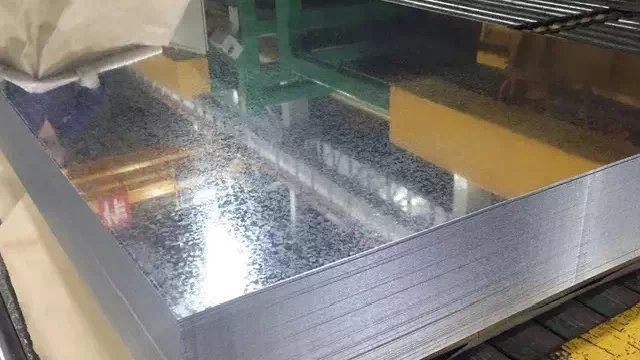Welcome to Shandong Zhishang Steel Co., Ltd.
Get a free quote quickly!
Lorem ipsum dolor sit amet, consectetur adipiscing elit. Donec id erat sagittis, faucibus metus malesuada, eleifend turpis. Mauris semper augue id nisl aliquet, a porta lectus mattis. Nulla at tortor augue. In eget enim diam. Donec gravida tortor sem, ac fermentum nibh rutrum sit amet. Nulla convallis mauris vitae congue consequat. Donec interdum nunc purus, vitae vulputate arcu fringilla quis. Vivamus iaculis euismod dui.
Galvanizing is the process of adding a layer of zinc to the outer surface of a metal. The idea is to add a protective coating to the underlying metal, reducing the likelihood of corrosion or rust.
Galvanizing process varies with specific technology. However, the most important part of the process is that it usually involves enclosing steel or iron in zinc, which may be in a liquid or dust-like state. When zinc is introduced, the iron in the surrounding metal reacts with the zinc to form a tightly bonded alloy coating.
The popularization and application of high-precision cold-drawn precision steel pipe is to save steel, improve processing efficiency and save energy. The so-called high-precision cold-drawn seamless steel pipe refers to the strict inner and outer diameter dimensional accuracy (tolerance range), and the internal and external surface finish, roundness and straightness are good, which can greatly save machining hours, improve the utilization rate of materials, and help to improve product quality.
High precision cold-drawn steel pipe is a new type of steel pipe, its main characteristic is high precision. Usually there are two production processes of two-high rolling mill and three-high rolling mill. The precision of cold-rolled seamless steel pipe produced by three-high rolling mill is higher, which can be controlled within a few wires, but the price is relatively higher.
The reason why sheet metal chassis processing uses galvanized tin plating
Now sheet metal chassis, generally with galvanized steel plate manufacturing. The reason why the steel plate is galvanized is mainly for corrosion protection. But because zinc is not easy to oxidize metal, so galvanized steel can be isolated from the air, to achieve the purpose of corrosion prevention, this understanding is wrong; In fact, the opposite is true. Zinc is a very reactive metal that is easily oxidized. But instead of being a loose powder like iron oxide, zinc oxide is a dense surface, and this layer of zinc oxide prevents further oxidation of the zinc inside.
For sheet metal case processing When the surface of galvanized steel plate is damaged and exposed to the internal iron surface, according to the principle of chemical batteries, zinc will oxidize before iron to protect the iron layer from damage because zinc is more active than iron. The combination of the two is the truth of galvanized steel plate protection. A good galvanized steel sheet should be grey and white matte, which is the color of the zinc oxide surface.

Some chassis of poor material use poor quality galvanized steel, even tinned steel plate. The product generally has a thin, uneven coating. Especially tinned steel, if the tin layer is not damaged, everything will be fine. However, once the tin layer is damaged, the iron will become the protection of the tin, rather than the pure steel plate paint, because tin is an inert metal.
The function and technology of galvanized steel plate
The role of galvanized steel
Galvanized steel is one of the most widely used materials in construction and manufacturing. It is strong and resistant to corrosion, while being relatively inexpensive, making it ideal for many different applications. But what exactly is galvanized steel and what does it do? In this blog post, we will explore the properties, uses and importance of galvanized steel in modern construction and manufacturing. We'll also learn how the material has evolved over time and how it continues to be a major player in the industry.
What is galvanized steel?
Galvanized steel is a type of steel coated with zinc. The coating helps protect the steel from corrosion and rust. Galvanized steel is commonly used in construction, especially for projects that will be exposed to the elements.
Electroplating process
Galvanizing process is simple and effective. It involves dipping clean steel into molten zinc. The zinc binds to the steel and forms a protective layer against corrosion. The process can be used on small and large steels, making it a versatile option for protecting metals from corrosion.
